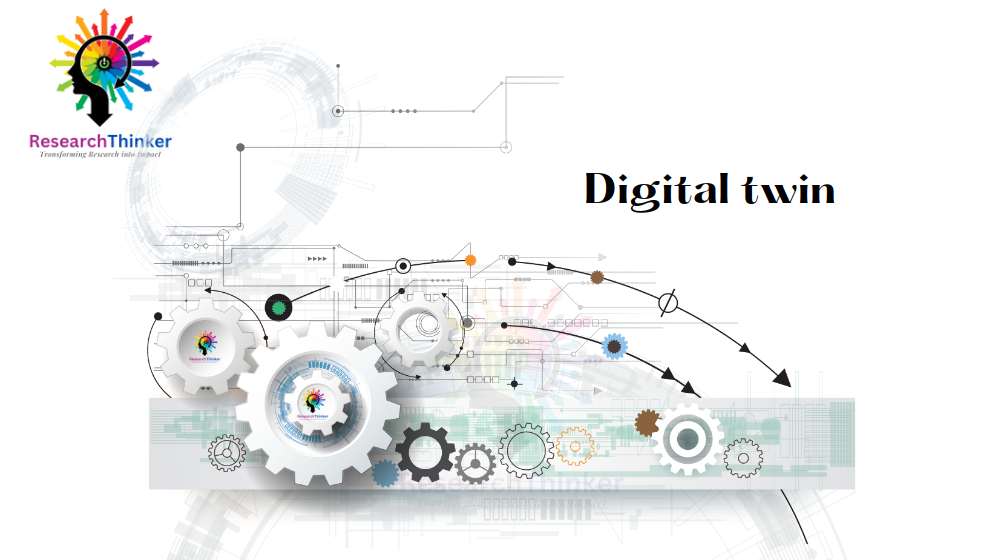Digital twins play a important role in improving efficiency, productivity, and safety. Here is an overview of how digital twins improve industries:
- Data Collection: Digital twins start by collecting data from various sources, including sensors, equipment, and systems.
- Virtual Representation: The collected data is used to create a virtual representation or a digital twin of the physical asset or system. This virtual model contains all the relevant characteristics and behaviors of the physical counterpart.
- Real-Time Monitoring: The digital twin continuously receives data from the physical asset, enabling real-time monitoring of its performance, condition, and behavior.
- Simulation and Analysis: The digital twin allows for simulation and analysis of different scenarios and conditions.
- Predictive Maintenance: By analyzing the real-time data and historical patterns, digital twins enable predictive maintenance. They can detect early signs of equipment failures or performance degradation.
- Optimization and Control: Digital twins provide a platform for optimizing processes, equipment, and systems.
- Training and Simulation: Digital twins serve as a training and simulation environment for operators and technicians.
- Remote Monitoring and Control: Digital twins enable remote monitoring and control of industrial assets.
- Collaboration and Communication: Digital twins support collaboration and communication among different stakeholders, including operators, engineers, and management.




